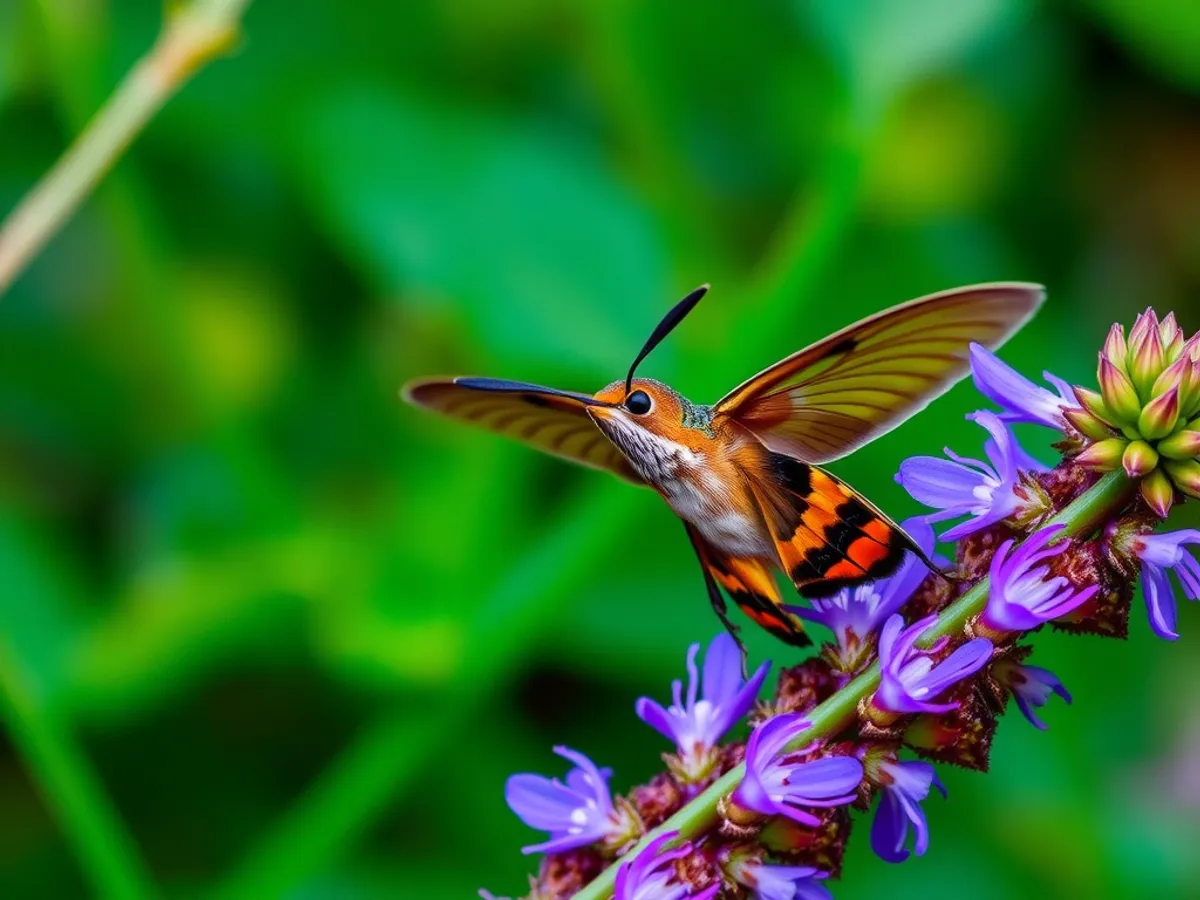
Hummingbird hawk-moth
Macroglossum stellatarum
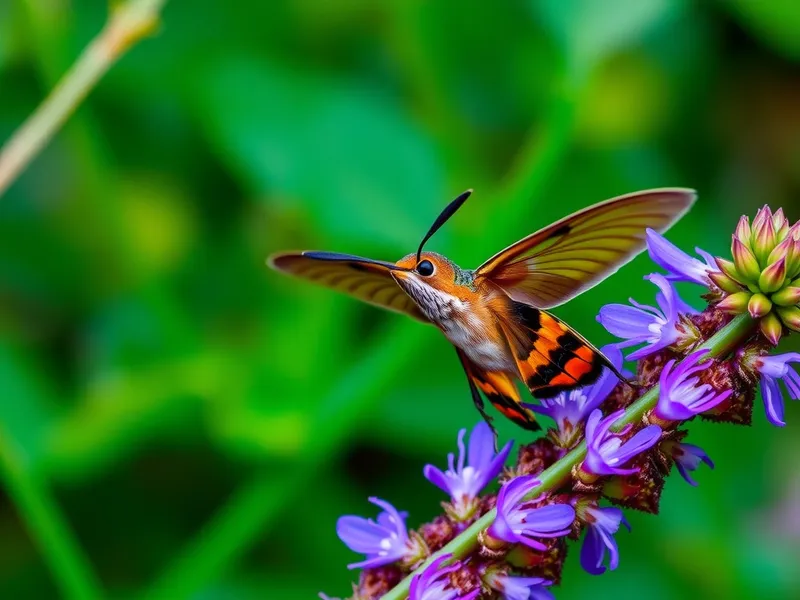
Meet the Hummingbird hawk-moth
The hummingbird hawk-moth is a remarkable day-flying moth known for its rapid, hovering flight and its uncanny resemblance to a hummingbird. With a long proboscis, it feeds on nectar from flowers while hovering, with wings that beat at an impressive speed, creating an audible hum. Its furry body is orange-brown and black with a white-spotted abdomen, and its hindwings are a vivid orange. This moth is widespread across Europe, Asia, and North Africa, often seen in gardens and meadows.
Classification
Invertebrate
Habitat
Gardens, meadows, open woodlands, and grasslands
Diet
Herbivore
Lifespan
2-6 months (adult phase typically a few weeks)
Conservation
Least Concern
Weight
0.3–0.5 grams
📖Fascinating Facts
Daytime Activity
Unlike most moths, the hummingbird hawk-moth is primarily diurnal, flying and feeding during daylight hours.
Nectar Feeding
Its long, extendable proboscis allows it to feed from deep-throated flowers that many other insects cannot access.
Long-Distance Migrant
This moth is capable of remarkable long-distance migration, traveling from southern Europe to northern regions seasonally.
📋Detailed Description
The hummingbird hawk-moth (Macroglossum stellatarum) is a medium-sized sphingid moth, with a wingspan typically ranging from 40 to 50 mm and a body length of about 35–45 mm. Its robust, furry body is predominantly brownish-grey with black and white checkered patterns on the abdomen, while the hindwings are a striking orange bordered with black. The forewings are narrow and mottled with brown and olive hues, providing effective camouflage when at rest. The most distinctive anatomical feature is its exceptionally long, coiled proboscis, measuring up to 28 mm, adapted for feeding on deep, tubular flowers. This moth is diurnal, exhibiting rapid, agile flight with wingbeats reaching 70–85 beats per second, producing a characteristic humming sound. Its large compound eyes provide acute vision, aiding in precise hovering and flower targeting. Unlike most moths, it is active during daylight and crepuscular hours, especially in warm, sunny weather. The species is solitary, with individuals rarely interacting outside of mating. Reproduction involves the laying of pale green, spherical eggs singly on the leaves of host plants, primarily in the Rubiaceae and Caprifoliaceae families. Larvae are green with white and yellow stripes and a distinctive tail horn, undergoing several molts before pupating in loose soil or leaf litter. The moth's remarkable hovering ability and visual acuity are convergent with those of hummingbirds, allowing it to exploit nectar sources inaccessible to many other insects.
💡 Did you know?
Despite being a moth, it can fly over 3,000 kilometers during seasonal migrations.
🔬Research & Sources
Wikipedia Summary
The hummingbird hawk-moth is a species of hawk moth found across temperate regions of Eurasia. The species is named for its similarity to hummingbirds, as they feed on the nectar of tube-shaped flowers using their long proboscis while hovering in the air; this resemblance is an example of convergent evolution.
Last Modified: 6/4/2025
🎭Behavior & Social Structure
Hummingbird hawk-moths are highly active foragers, visiting a wide variety of nectar-rich flowers such as honeysuckle (Lonicera), red valerian (Centranthus ruber), and buddleia (Buddleja davidii). They display strong flower constancy, often returning to the same patches daily. Their feeding behavior involves hovering in front of flowers, extending their proboscis to extract nectar while maintaining a stable position in midair. They are capable of learning and remembering flower locations and times of nectar availability, demonstrating advanced spatial memory. Activity peaks during warm daylight hours, but they may also be seen at dusk or dawn. Adults are solitary, with no evidence of social structure or cooperative behavior. When threatened, they exhibit rapid, erratic flight to evade predators such as birds and bats. They are migratory in parts of their range, with individuals moving northward in spring and summer and returning south in autumn.
👶Reproduction & Life Cycle
Mating occurs primarily in late spring and summer, often following migratory influxes. Courtship is brief, with males locating females through pheromone cues. Females lay eggs singly on the underside of host plant leaves, favoring bedstraws (Galium spp.) and other Rubiaceae. The incubation period lasts 6–8 days, after which larvae emerge and begin feeding. Larval development includes five instars over approximately 20–30 days, depending on temperature and food availability. Pupation occurs in a loose cocoon among leaf litter or shallow soil, with the pupal stage lasting 2–3 weeks in summer generations. In colder regions, pupae may overwinter, with adults emerging the following spring. There are typically two to three generations per year in temperate climates, with more in warmer regions. There is no parental care beyond egg-laying.
🛡️Adaptations & Survival
Macroglossum stellatarum exhibits several notable adaptations: its long proboscis allows access to deep, tubular flowers, reducing competition with other pollinators. The rapid, sustained hovering flight is enabled by powerful thoracic muscles and a streamlined body, while its acute vision (including the ability to perceive ultraviolet light) aids in flower detection and navigation. Its cryptic coloration provides camouflage when resting, and the orange hindwings may serve as a startle display against predators. Migratory behavior enables exploitation of seasonal resources across a wide geographic range. The moth's ability to thermoregulate by shivering its flight muscles allows activity at lower temperatures than many other insects.
📚Research Sources
🎨Cultural Significance
The hummingbird hawk-moth has fascinated observers for centuries due to its bird-like appearance and behavior. In European folklore, it has sometimes been mistaken for an actual hummingbird, leading to myths about miniature birds in regions where hummingbirds do not occur. Its presence in gardens is often seen as a sign of a healthy ecosystem, and it is celebrated by naturalists and gardeners alike. The species has appeared in art and literature as a symbol of agility and transformation.
🔬Recent Research & Discoveries
Recent studies have focused on the moth's visual learning and memory, revealing that Macroglossum stellatarum can distinguish colors and patterns, and remember the location and timing of rewarding flowers. Research into its migratory behavior has used stable isotope analysis to track movement across continents. Ongoing work investigates its role as a pollinator in both wild and cultivated ecosystems, as well as its physiological adaptations for hovering flight. The species is also used as a model organism in studies of convergent evolution and insect flight mechanics.
🎥Wildlife Videos
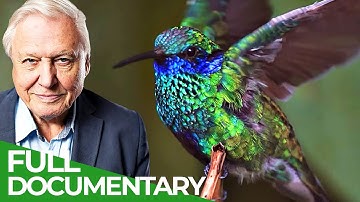
David Attenborough Presents: Hummingbirds - Jewelled Messengers | Free Documentary Nature
David Attenborough Presents: Hummingbirds - Jewelled Messengers | Nature Documentary Watch 'Birds of Passage - A Secret ...
Free Documentary - Nature

Unravelling The Mysteries Behind These Unique Butterflies And Mega Moths | Insect Documentary
Did you know there are over 150,00 species of butterfly and moths? There are many hidden talents of these magnificent ancient ...
Wild Habitat - Nature Documentaries
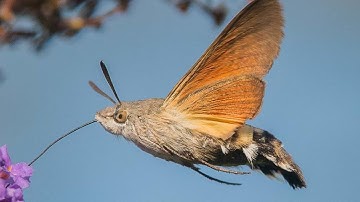
Hummingbird Hawk-Moth - Animal of the Week
More animals with weird hybrid names this week, as we examine a moth that looks and behaves like a hummingbird. Join our ...
Ben G Thomas

Hummingbird Moth facts: also known as hawk moths | Animal Fact Files
On this episode of Animal Fact Files discover a moth that looks like a bee and a bird but is really neither! ✨ Animal Fact Files ...
Animal Fact Files

The Hawk Moth
This is a video of the hawk moth taken from the BBC's Life in the Undergrowth documentary series.
globalzoo
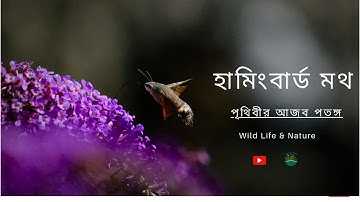
Moths in Motion: The Hummingbird Hawk-Moth Experience. Wild Life & Nature.
The Hummingbird Hawk-Moth (Macroglossum stellatarum) is a remarkable insect known for its uncanny resemblance to both ...
Wild Life & Nature
🌍Habitat Information
The Hummingbird hawk-moth typically inhabits Gardens, meadows, open woodlands, and grasslands environments. Hummingbird hawk-moths have adapted to their environments with specialized features and behaviors.
Primary Habitat:
Gardens, meadows, open woodlands, and grasslands
More detailed habitat information will be available soon.
🛡️Conservation Status
The Hummingbird hawk-moth is currently classified as Least Concern. Conservation efforts are crucial for preserving this species for future generations.
Common Threats:
- 🏠Habitat loss and fragmentation
- 🌡️Climate change impacts
- 🎯Hunting and poaching
- 🏭Human-wildlife conflict
⚠️Threats & Conservation Challenges
Currently assessed as Least Concern, the hummingbird hawk-moth faces few significant threats at the population level. However, local declines may occur due to habitat loss, pesticide use, and reduction in nectar sources from intensive agriculture and urbanization. Climate change may alter migratory patterns and the availability of host plants. Predation by birds, bats, and spiders is a natural mortality factor. Despite these challenges, the species' broad range, high reproductive rate, and adaptability contribute to its resilience.
🔬Scientific Classification
Scientific Name
Macroglossum stellatarum
Classification Hierarchy
🔍 About Taxonomic Classification
Taxonomic classification is a hierarchical system used by scientists to classify and organize living organisms based on shared characteristics and evolutionary relationships.
The system moves from broad categories (Kingdom) to increasingly specific ones, with each animal's scientific name typically consisting of its Genus and species.
📝Community Notes
Share your observations and insights about the Hummingbird hawk-moth with our community of wildlife enthusiasts.
Join Our Community
Sign in to share your observations and connect with fellow wildlife enthusiasts.
Sign In to ContributeNo community notes yet
Be the first to share your observations about the Hummingbird hawk-moth!
Explore Hummingbird hawk-moth
Select a tab above to learn more about this amazing animal.
📸Photo Gallery
No photos available for this animal yet.
🌟Discover More Wildlife
Continue your journey of discovery with more fascinating animals from our database
